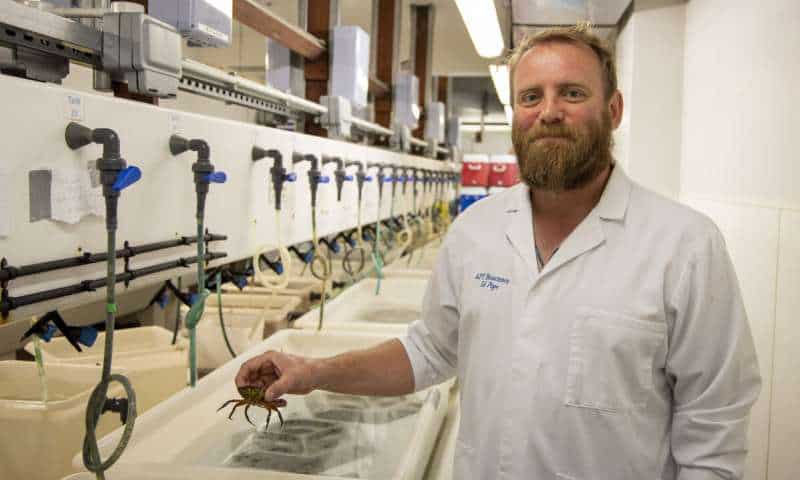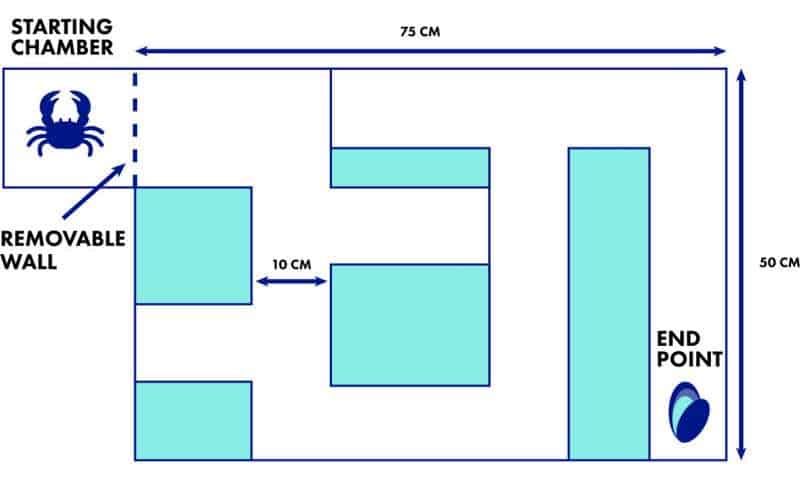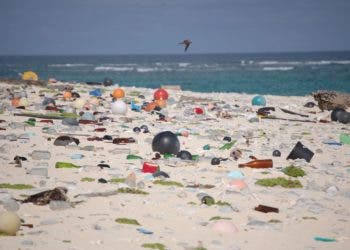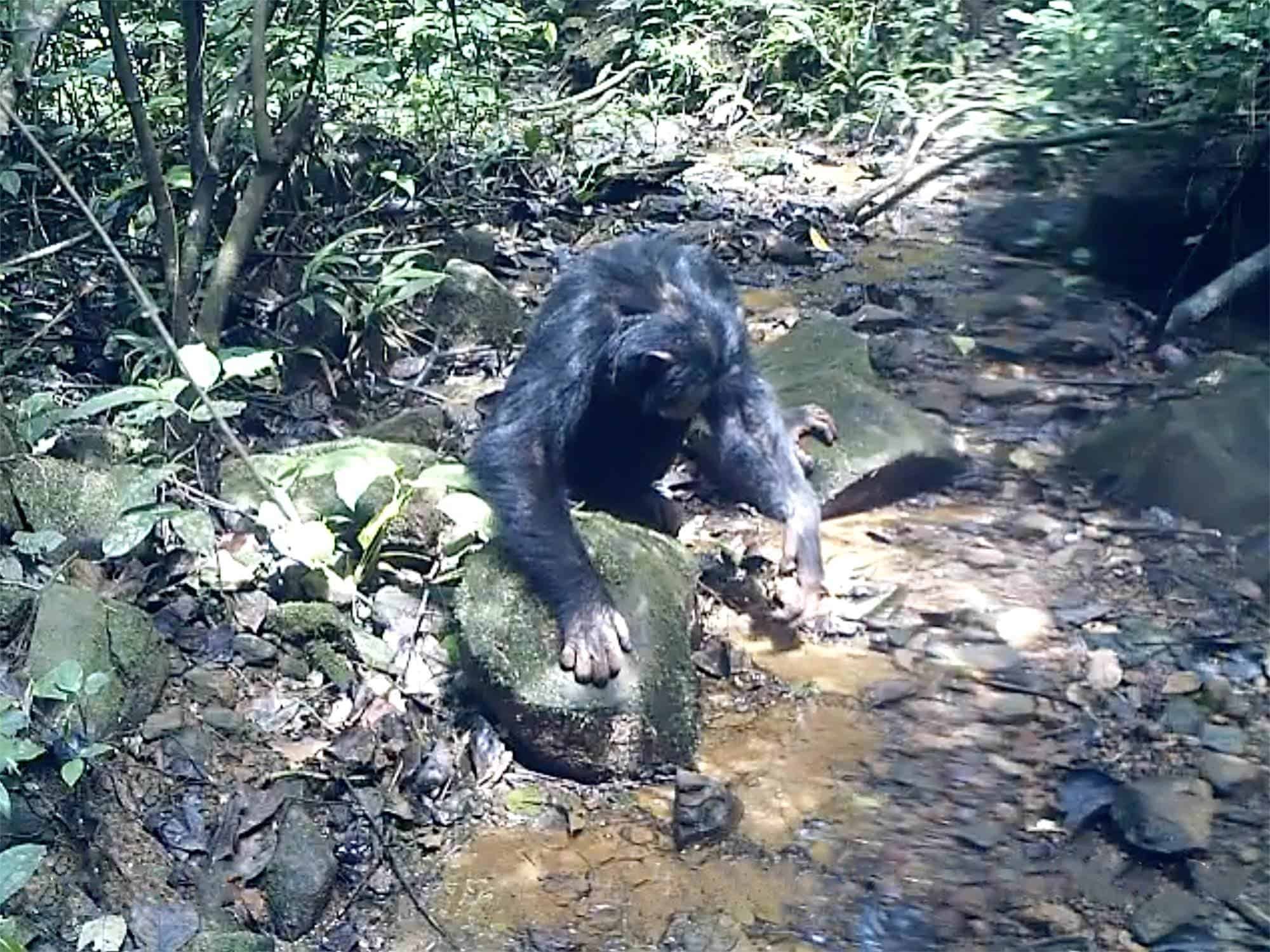
Spatial learning is an important cognitive ability in many animals. Often, scientists entice mice to find their way out of complex mazes in order to study their behavior and learn more about how the mammalian brain handles navigation. In fact, this kind of research won May-Britt Moser and Edvard I. Moser the 2014 Nobel Prize in Physiology for their discoveries of cells that constitute a positioning system in the brain.
But, not nearly enough attention has been granted to studying spatial learning in non-mammalian animals. Seeking to bridge the gap, Ed Pope and Ross Davies, both at Swansea University in the UK, investigated whether crustaceans could navigate a complex maze.
They tested 12 shore crabs over a four week period, which had to reach a tasty mussel at the end of the maze. To hit their goal, the crabs had to make five changes in direction and avoid three dead ends.
“Spatial learning is quite complicated, so figuring out how it works in crustaceans gives us a better understanding of how widespread this ability, and learning in general, is in the animal kingdom,” Pope said.

After the initial training, the researchers noticed that the crabs showed improvements in the time it took them to find the food and took fewer wrong turns. When they were placed in the maze again two weeks later, this time without any food at the other end to act as a reward, the crabs still reached the other end in under eight minutes.
Clearly, the crabs remembered their way. For instance, new crabs that were totally unadjusted to their surroundings took far longer to reach the end of the maze and some couldn’t complete it at all at the end of the one-hour study period.
“This study is important because we know that insects, especially ants and bees, have some impressive mental abilities but we haven’t really looked for them in their aquatic counterparts. The fact that crabs show a similar ability to insects is, in some ways, not that surprising but it is great to be able to show it so clearly. This work opens the door to more sophisticated experiments looking at how changing ocean conditions might affect crabs’ ability to learn and adapt to find food in future,” Pope said.
Mary Gagen, a climate change expert at Swansea and co-author of the new study, says that the findings are important in the context of a shifting climate.
“We know so much is changing in our oceans due to human caused climate change. Gaining a baseline understanding of the lives of the animals that are going to actually be impacted by the changes in our future oceans is really important. That doesn’t just mean the big charismatic animals, it means things like crabs that are so important for the food chain.”
The findings appeared in the journal Biology Letters.






